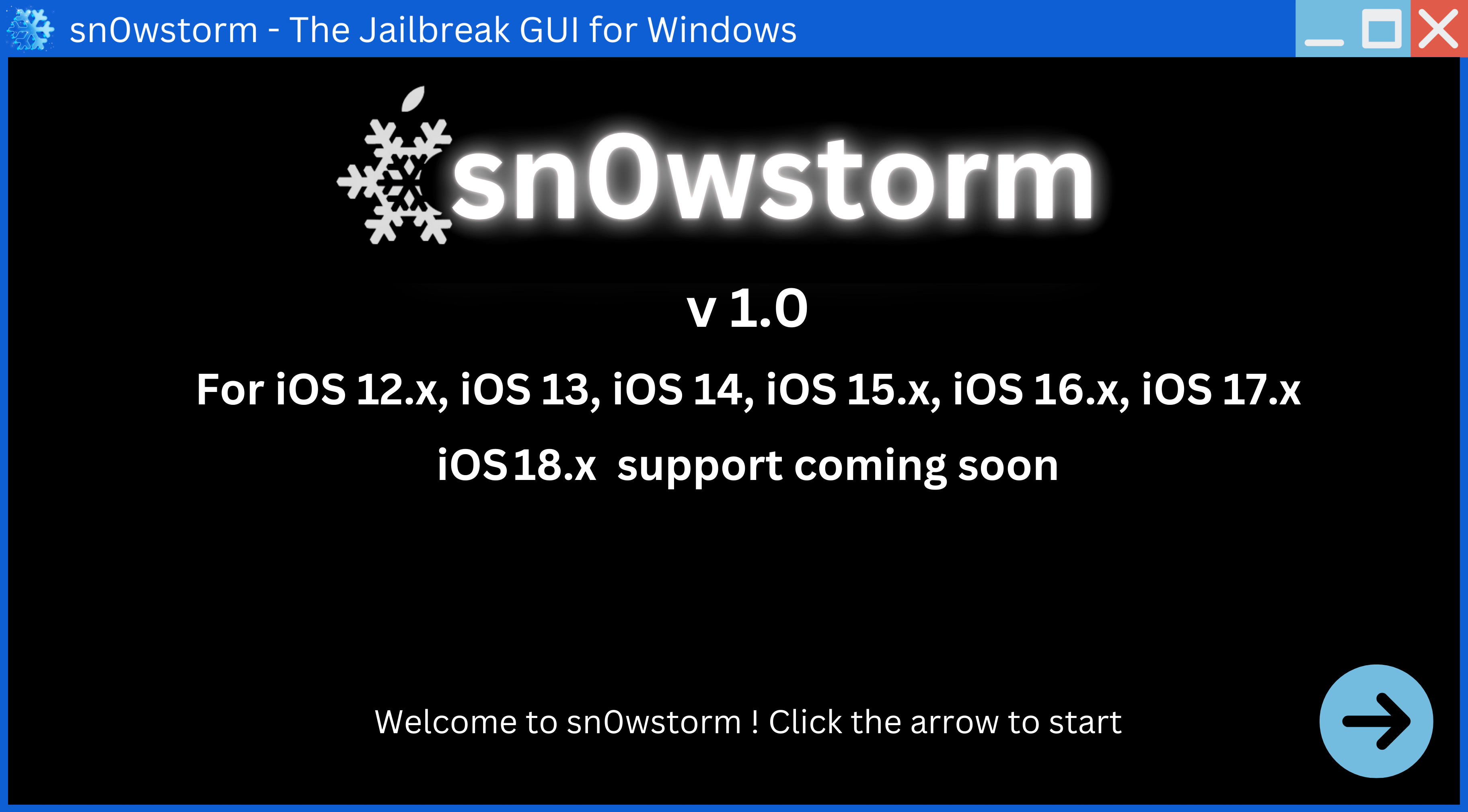What Does it Mean to Jailbreak?
"Jailbreaking" is a term that gets thrown around a lot, especially in the tech world. But what does it mean to jailbreak a device? In essence, jailbreaking refers to the process of bypassing the restrictions imposed by the manufacturer or carrier on a device like a smartphone, tablet, or even a gaming console. These restrictions, often referred to as "walled gardens," are designed to control what software you can install, how you use the device, and even what data you can access.
Breaking Down the Walls: Understanding Jailbreaking
When you jailbreak a device, you're essentially removing these limitations, giving you root access to the operating system and the freedom to customize your device in ways that were previously impossible. This means you can:
- Install apps from third-party sources: You're no longer limited to the official app stores like Apple's App Store or Google Play. Jailbreaking opens up a world of alternative app stores and allows you to install apps that might not be available or permitted on the official platforms.
- Customize the look and feel of your device: Tired of the same old icons and themes? Jailbreaking lets you completely overhaul your device's aesthetic with custom themes, launchers, and widgets.
- Tweak hidden settings: Access and modify hidden settings within the operating system to fine-tune your device's performance, battery life, and functionality.
The Pros and Cons of Jailbreaking
Like any modification that bypasses built-in security measures, jailbreaking comes with its own set of benefits and drawbacks.
Advantages:
- Increased Customization: The most significant advantage is the unparalleled level of customization it offers. From changing system fonts to installing powerful tweaks that enhance functionality, the possibilities are vast.
- Access to a Wider App Selection: Explore a universe of apps beyond the confines of official app stores, many of which offer unique features not found in mainstream apps.
- Enhanced Control and Performance: Fine-tune your device for optimal performance by overclocking processors, freeing up RAM, and tweaking system settings.
Disadvantages:
- Security Risks: Jailbreaking can make your device vulnerable to malware and other security threats, as it removes some of the built-in security measures of the operating system.
- Voided Warranty: In most cases, jailbreaking will void your device's warranty. This means that if something goes wrong, you likely won't be eligible for free repairs or replacements from the manufacturer.
- Stability Issues: Some jailbreak tweaks and modifications can negatively impact your device's stability, leading to crashes, freezes, or other unexpected behavior.
To Jailbreak or Not to Jailbreak?
The decision to jailbreak ultimately depends on your technical expertise, risk tolerance, and how much you value customization and control over security and stability.
If you're comfortable with the risks and are willing to invest the time and effort to learn how to jailbreak safely and effectively, it can be a rewarding experience that unlocks the full potential of your device. However, if you prioritize security and stability above all else, or if you're not comfortable with the technical aspects, it's best to avoid jailbreaking.
Remember that jailbreaking is a complex process that should only be undertaken with careful consideration and research. Always back up your device before attempting any modifications, and only use trusted sources for jailbreaking tools and information.


 Windows
Windows MacOS
MacOS Linux
Linux